Roseate spoonbills might look like flamingos, but they aren’t. Native to the Americas, these large, pink birds get their coloring from a unique source. They can be found in zoos all over the world. And, if you’re lucky, you just might see one in its native habitat the next time you visit the southernmost part of Florida.
Keep reading to learn more incredible roseate spoonbill facts!
1. Roseate Spoonbills Were Nearly Hunted to Extinction

Today, roseate spoonbills are listed as Least Concern, which means they’re not threatened with extinction. But, that hasn’t always been the case. In the late 19th and early 20th centuries, these birds were nearly hunted to extinction for their bright plumage. In fact, they used to exist in a much broader range in North America. But, after such extensive hunting, they now only live in a few select areas of the United States. Thankfully, this species has rebounded and is no longer at risk of extinction.
2. Roseate Spoonbills are Pink
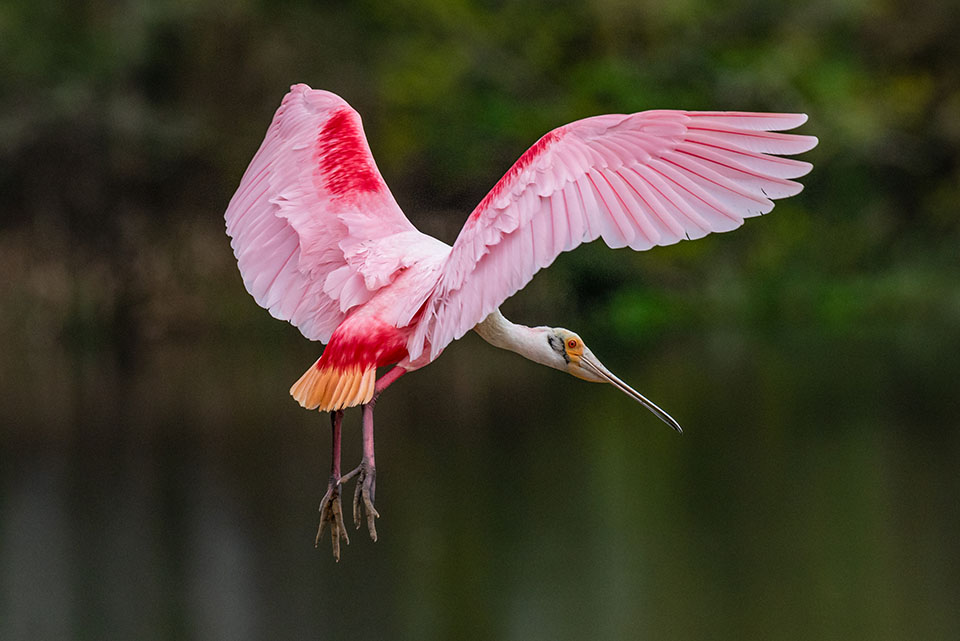
Like flamingos, roseate spoonbills feature feathers in shades of bright pink, pale pink, and even red. They get this coloring from a surprising source—the crustaceans they eat. From their diets, they get carotenoid pigment, which results in the bright coloring of their plumage.
3. Roseate Spoonbills Have Spoon-like Bills
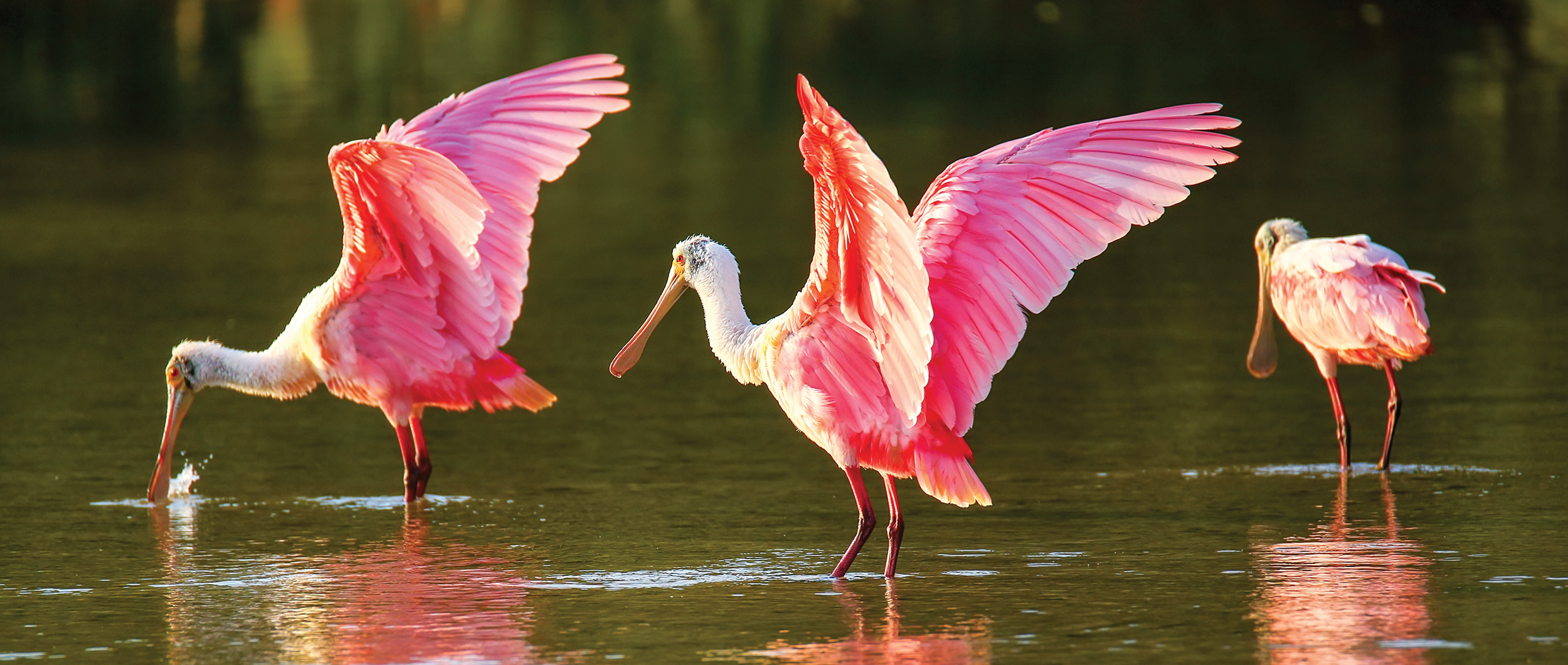
Some birds, like sparrows, have small, robust beaks. Others, like bald eagles and peregrine falcons, have hooked beaks meant for hunting. But, one of the most incredible roseate spoonbill facts is that they have beaks that are wider at their tips than they are at the base. Hence their name, spoonbill. These beaks are specially adapted to scoop small critters, like frogs, small fish, insects, and crustaceans, out of the water.
4. Roseate Spoonbills are Omnivores
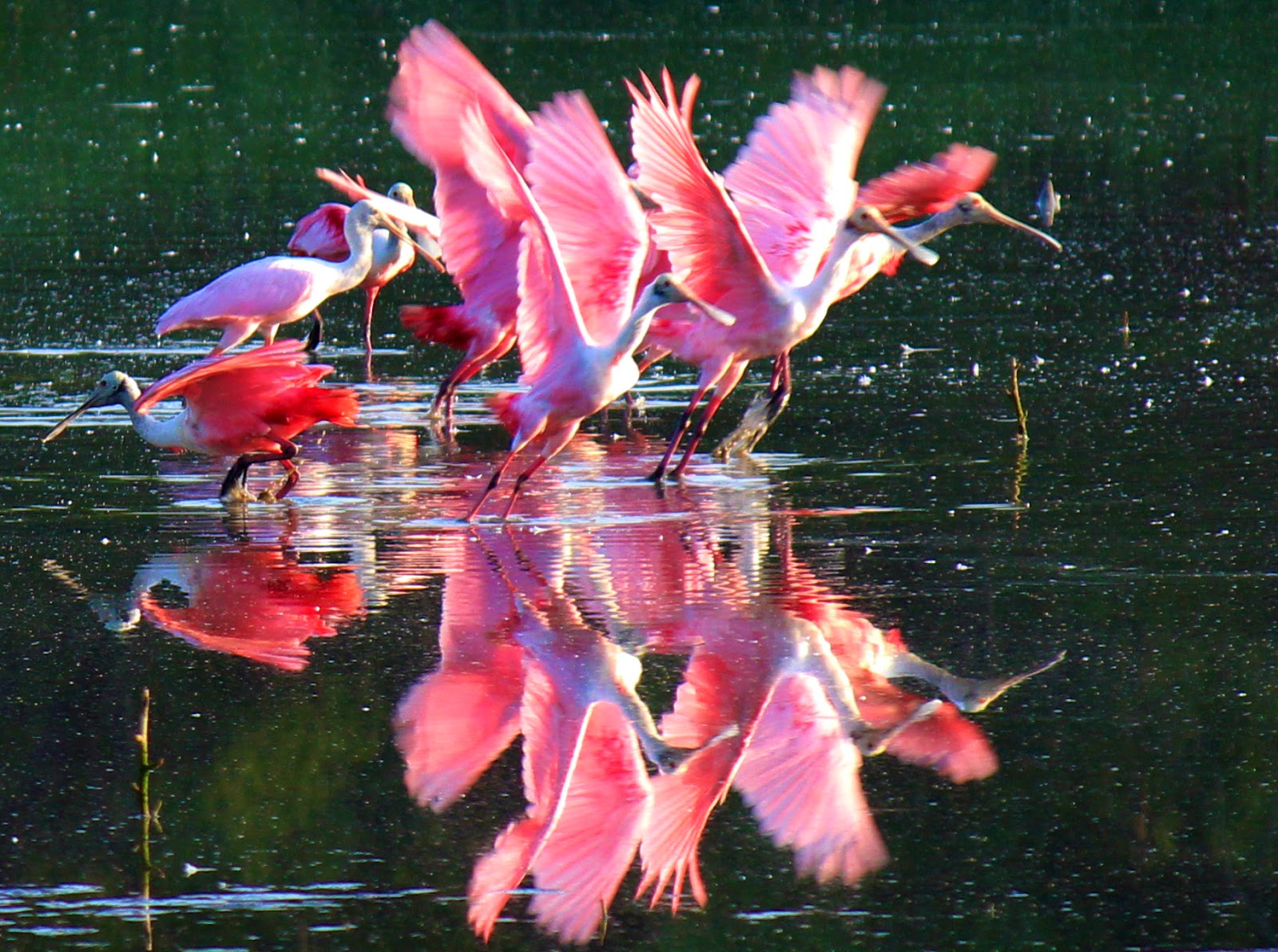
These birds don’t just eat small critters living in the water, they also eat aquatic plants. Roseate spoonbills are true omnivores; they eat both plant and animal matter. Other examples of omnivores include bears, wolves, humans, and many primates.
5. Roseate Spoonbills Flock Together
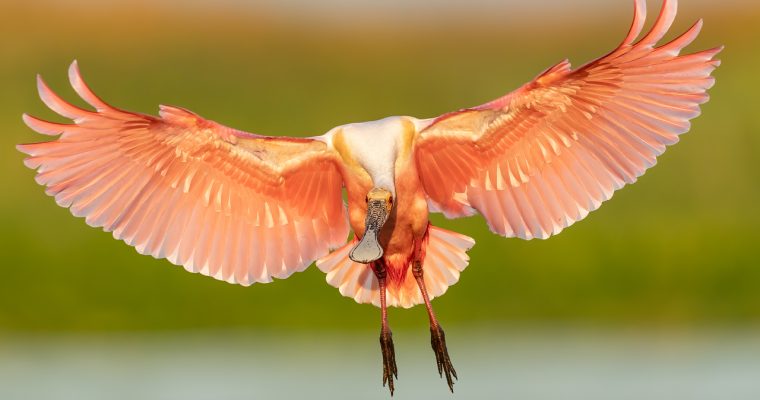
One of the most incredible roseate spoonbill facts is that these birds flock together. They’re highly gregarious and are often seen wading in shallow bodies of water with other members of their species. They also fly together in formations of diagonal lines, similar to geese. When it comes time to raise their young, they break off into pairs.
6. Roseate Spoonbills Co-parent
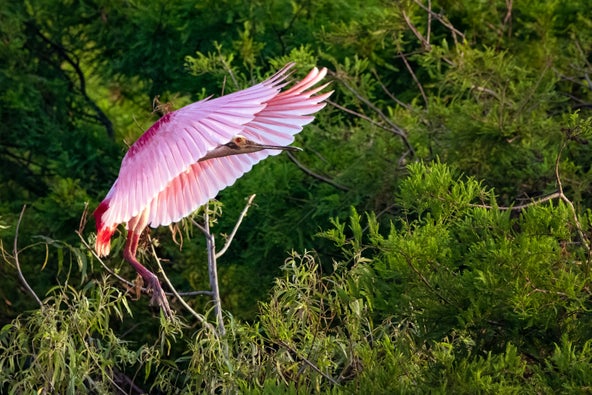
Baby roseate spoonbills benefit from having two adult birds to care for them. When mating season comes along, roseate spoonbills build their nests in trees overlooking the water or occasionally on islands kept safe from ground-dwelling predators by the surrounding water. They don’t breed until they’re at least three years old and have 3-5 eggs per clutch. Juveniles are lighter in color than adults and rely solely on their parents for the first few months of life.
7. One Roseate Spoonbill Lived for 18 Years
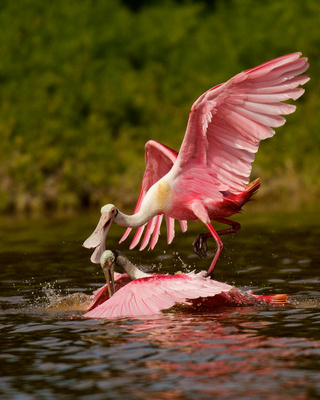
Another incredible roseate spoonbill fact is that, because of their distinct coloring, they can be found in zoos throughout the world. In zoos, they generally live around 15 years. In the wild, they’re thought to have a lifespan of around 10 years. But, one roseate spoonbill that was tagged as a chick was photographed 18 years later, still raising young. That makes the oldest roseate spoonbill 18 years old; it was born in Everglades National Park, Florida.
8. Roseate Spoonbills Live on Three Continents
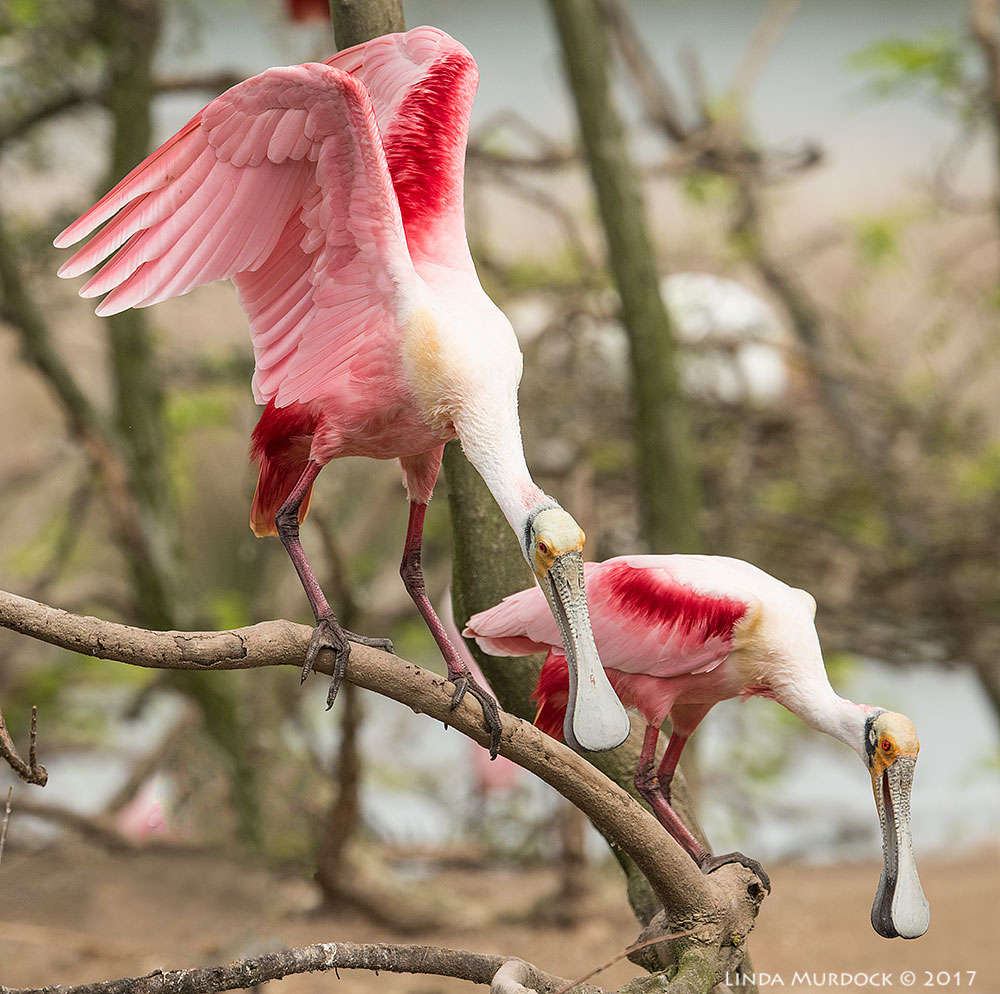
An additional incredible roseate spoonbill fact is that these birds live in North America, South America, and Central America. In North America, they’re primarily found in the south, in places like the southern tip of Florida. But, they’ve also been seen as far north as South Carolina and even Virginia. In South America, they’re widespread on the east side of the Andes Mountains, as well as along the northernmost coast of the continent. They live in most of coastal Central America, as well as the Caribbean.
9. Roseate Spoonbills are Large

Though not as large as vultures, condors, albatross, or emu, roseate spoonbills are not small birds. Adults stand between 28-34 inches tall and weigh around five pounds. Their wingspans measure up to five feet across, and they have long, spindly legs. Their bills are perhaps the most noticeable thing about them, after their pink coloring. Both males and females grow to around the same size. With their long legs and lengthy, flattened bills, roseate spoonbills are perfectly adapted for life in shallow, warm waters.
10. Roseate Spoonbills Are Not Flamingos

One of the most incredible roseate spoonbill facts is that, while they have the coloring of flamingoes, they actually belong to a completely separate family of bird. The reason that both roseate spoonbills and flamingoes are pink is their diet; they eat some of the same things. For both species, the young birds look like paler versions of the adults. As they grow, they will develop bright pink and red coloring. Differences in appearance arise from different locations and variations in diet, as well as age and time of year.


